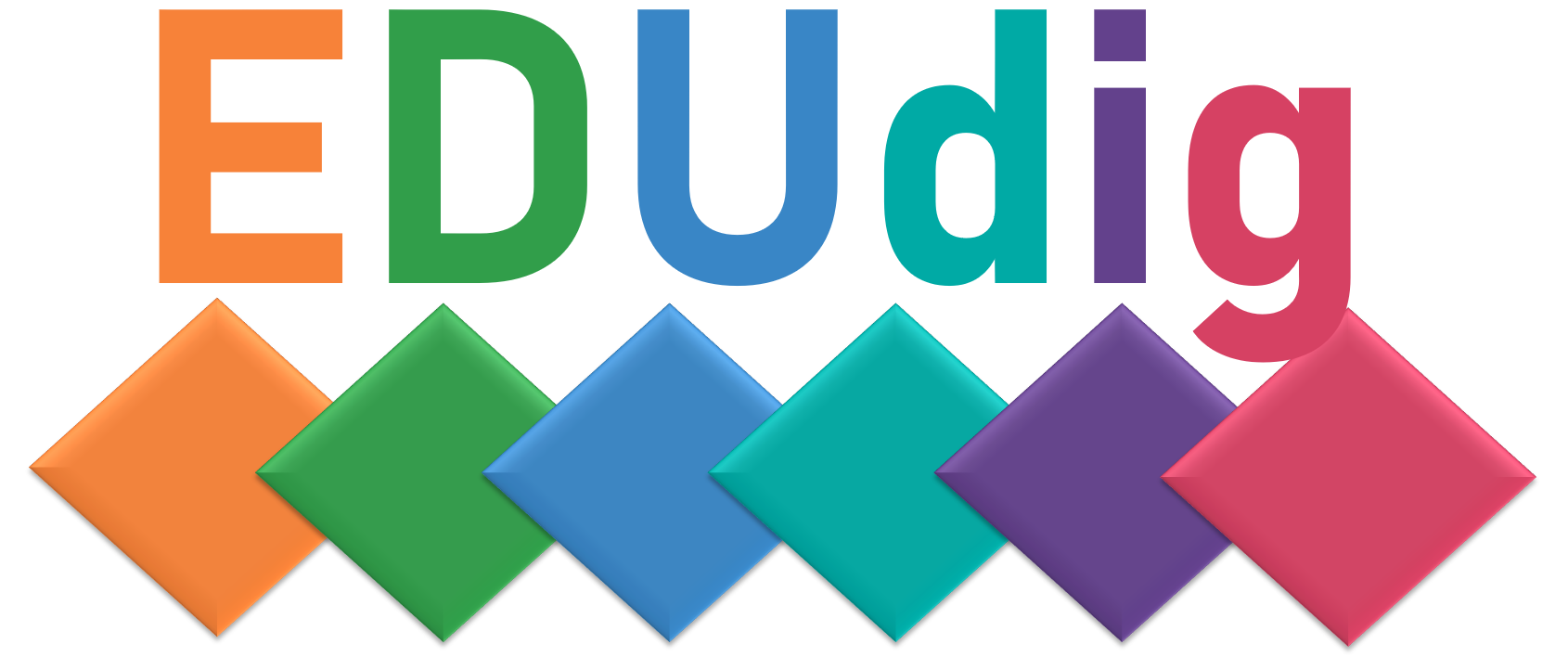3.1. Setting 1: Designing gamification for collaborative learning

Gamification in education is application of game principles and game elements in learning environment. The positive trends of implementing the gamification of learning in educational context influence the student behaviour, behaviour changing, and social activities, benefit the engagement, motivation, performance, and learning (Edu Trends, 2016; Wu, 2015).
The gamified content (Edu Trends, 2016)
:: motivates the learner to solve an interesting task, enriched with unexpected events and challenges,
:: creates an inspiring narrative context with environment, action, protagonists, identities, situation,
:: establishes rules in the learning process regarding the time, intuitive behaviour, how to solve micro tasks, and how to gain/lose points, how to save lives, how to complete a mission or a goal
:: offers flexibility in learning paths, options in choosing the next step.
Role of educators
The gamified course design involves competition, co-operation, challenge, performance, skills, motivation, strategies, goals, measurement, scores, tracking progress (Kritz, 2021). Aside of creating an entertaining activity, the educators have to align the gamification design with the learning goals. Therefore, the designing process has to ensure that the participation of learners in the learning process involves and stimulates the collaborative learning, the communication and interaction. Accordingly, the characteristics of participants, the difficulty of the content, the beginning level and goal level have to be planned and aligned with the previously defined learning goals.
The educator guides and supports the learners during the learning and monitors the progress of individuals and groups. The evidence and statistics obtained through the technology and active guidance and monitoring enables educators to evaluate the learners in this gamified process of learning. The formative evaluation is strongly connected with the automated feedback, progress, and results of the activities, tasks, quizzes. The formative evaluation has to be unobtrusive in order not to attract attention but to keep focus on the gaming learning process (EduTtrends, 2015). In the summative evaluation, at the end of the gamified learning block, the learners show and apply learned content in an activity that enables qualitative performance of knowledge and skills. (Some ideas can be found in the area Assessment – EDUdig)
Find more about gamification mechanics and elements here.
Can every course be gamified? Find more in this video
How to gamify a text-heavy e-learning course? Find some tips in this video
